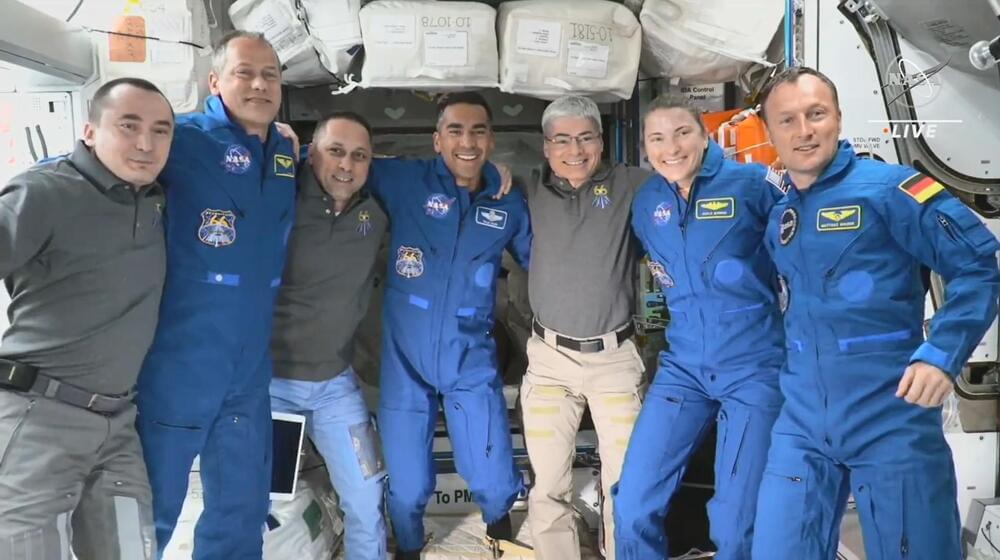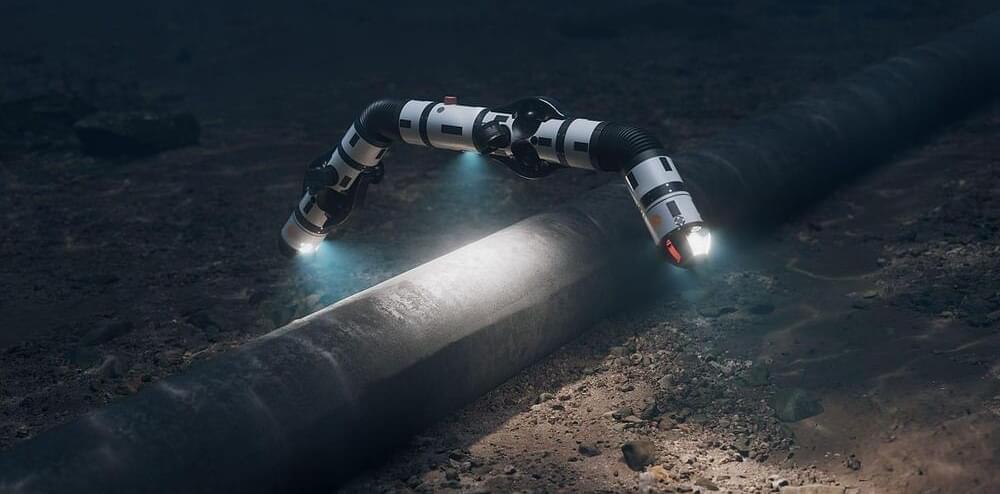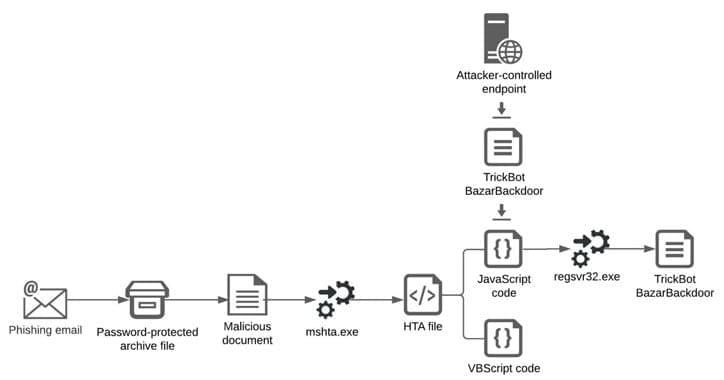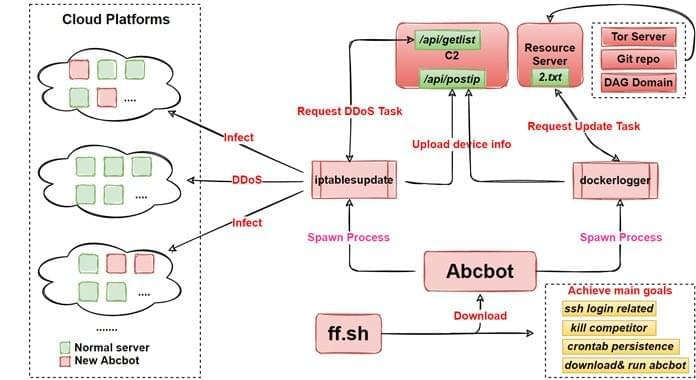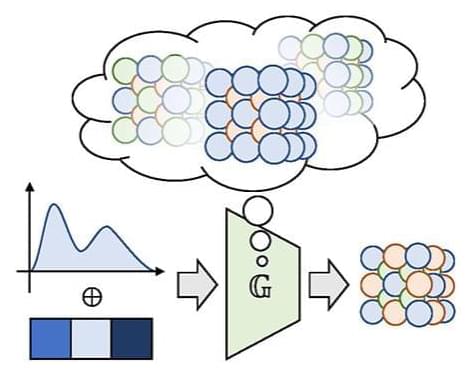Running more than 30 minutes ahead of schedule, the SpaceX Crew-3 astronauts docked to the International Space Station at 6:32 p.m. EST Thursday, Nov. 11, less than 24 hours after launching from the Kennedy Space Center in Florida. NASA astronauts Raja Chari, Tom Marshburn, Kayla Barron, and ESA (European Space Agency) astronaut Matthias Maurer opened the hatch of their Crew Dragon spacecraft Endurance at 8:25 p.m. and participated in a welcome ceremony with their new Expedition 66 crewmates at 9 p.m.
On board to welcome them were fellow astronaut Mark Vande Hei, Expedition 66 Commander Anton Shkaplerov and Flight Engineer Pyotr Dubrov of Roscosmos. Joining the welcome ceremony from Earth were Kathy Lueders, NASA associate administrator for Space Operations, NASA and Josef Aschbacher, ESA director-general.
The newest crew to the microgravity laboratory is the agency’s third crew rotation mission with SpaceX and will remain on board until April 2022 as a part of Expedition 66.
